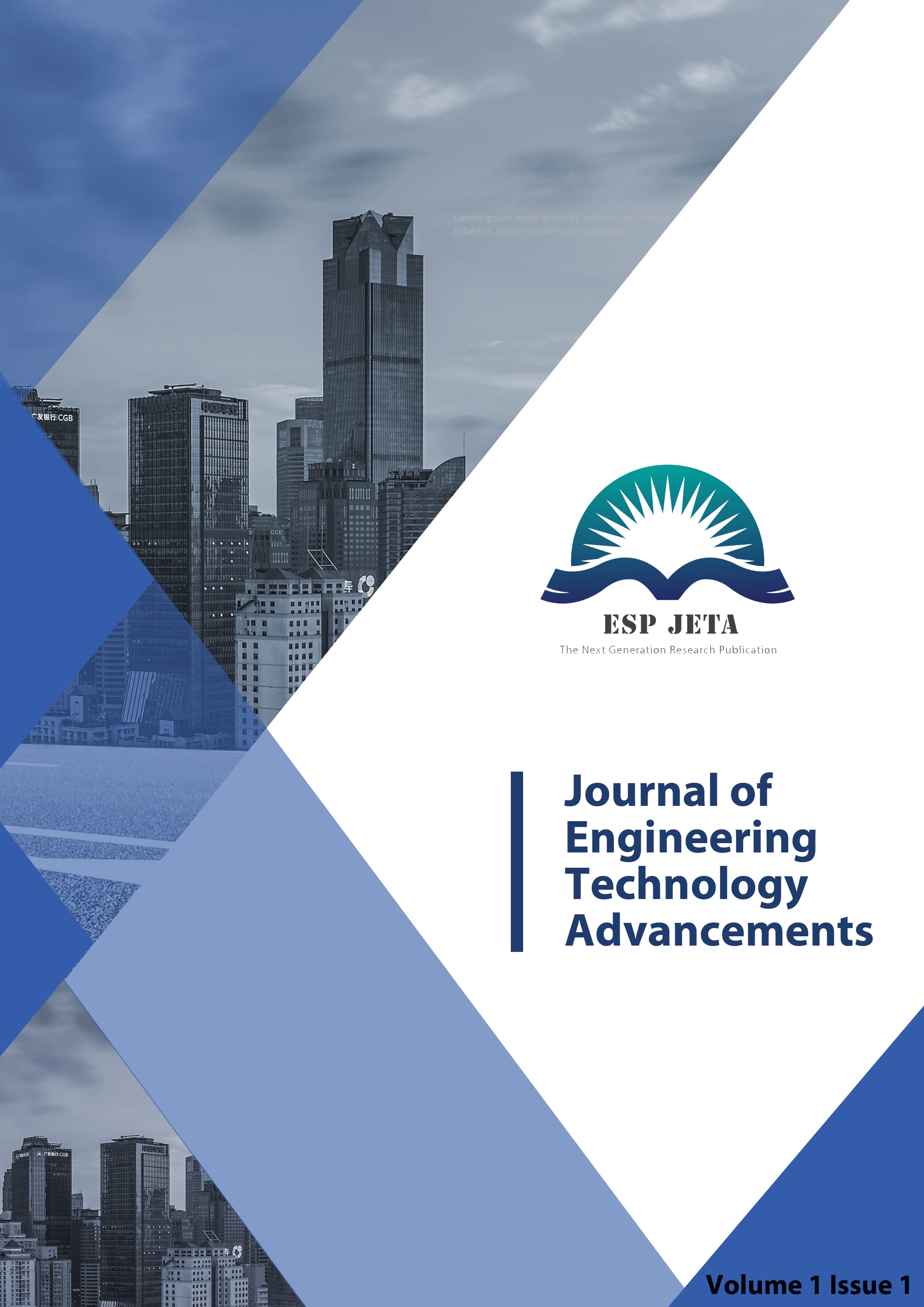Forecasting Software Delivery Bottlenecks Using Time-Series AI Models
| ESP Journal of Engineering & Technology Advancements |
| © 2022 by ESP JETA |
| Volume 2 Issue 1 |
| Year of Publication : 2022 |
| Authors : Selva Kumar Ranganathan |
 : 10.56472/25832646/ESP-V2I1P121 : 10.56472/25832646/ESP-V2I1P121 |
Citation:
Selva Kumar Ranganathan , 2022. "Forecasting Software Delivery Bottlenecks Using Time-Series AI Models", ESP Journal of Engineering & Technology Advancements, 2(1): 180-186.
Abstract:
In an era of fast-paced software development and deployment, continuous integration and continuous delivery (CI/CD) have become foundational to modern DevOps practices. Despite the efficiencies these pipelines offer, unforeseen bottlenecks such as increased build queue times, test failures, and resource exhaustion continue to impact delivery timelines and degrade system performance. Traditional monitoring tools and rule-based alerts are reactive, offering little help in preemptively identifying pipeline stress points.This paper investigates the application of time-series artificial intelligence (AI) models to forecast software delivery bottlenecks before they occur. We explore and compare the efficacy of three models ARIMA, Long Short-Term Memory (LSTM) networks, and Facebook Prophet by applying them to CI/CD telemetry data, including build duration, test pass rate, queue times, and system resource utilization. These models are evaluated on their ability to predict future pipeline delays with high accuracy and low error rates.Our findings reveal that LSTM and Prophet models outperform ARIMA in both accuracy and adaptability, particularly in capturing non-linear trends and sudden pipeline anomalies. With the capability to forecast delivery issues up to 24 hours in advance, these models present a significant opportunity for DevOps teams to mitigate risks, balance workloads, and improve overall software release velocity.The proposed methodology paves the way for a predictive DevOps culture where delivery teams transition from reactive firefighting to proactive performance management. We conclude with practical recommendations for integrating these models into existing DevOps toolchains and highlight future directions in real-time automation, adaptive scheduling, and reinforcement learning integration.
References:
[1] Xu, R., Wang, J., & Liu, T. (2020). Anomaly Detection in Continuous Deployment Pipelines using Machine Learning. Journal of Systems and Software.
[2] Kumar, V., & Shah, P. (2022). Predictive Modeling of Deployment Delays in DevOps Using ARIMA. ACM DevOps Conf.
[3] Zhang, L., Kim, Y., & Chen, M. (2023). Leveraging Deep Learning for CI/CD Observability in Cloud-Native Environments. IEEE Trans. Cloud Computing.
[4] Taylor, S.J., & Letham, B. (2018). Forecasting at Scale. The American Statistician.
[5] Hochreiter, S., & Schmidhuber, J. (1997). Long Short-Term Memory. Neural Computation
Keywords:
Software Delivery Bottlenecks, Time-Series Forecasting, Artificial Intelligence, Devops, CI/CD Pipelines, Build Duration Prediction, Queue Time Forecasting, ARIMA, LSTM, Facebook Prophet, Predictive Analytics, Deployment Success Rate, Anomaly Detection, System Resource Utilization, Pipeline Performance Prediction, Infrastructure Scaling, Software Delivery Optimization.


